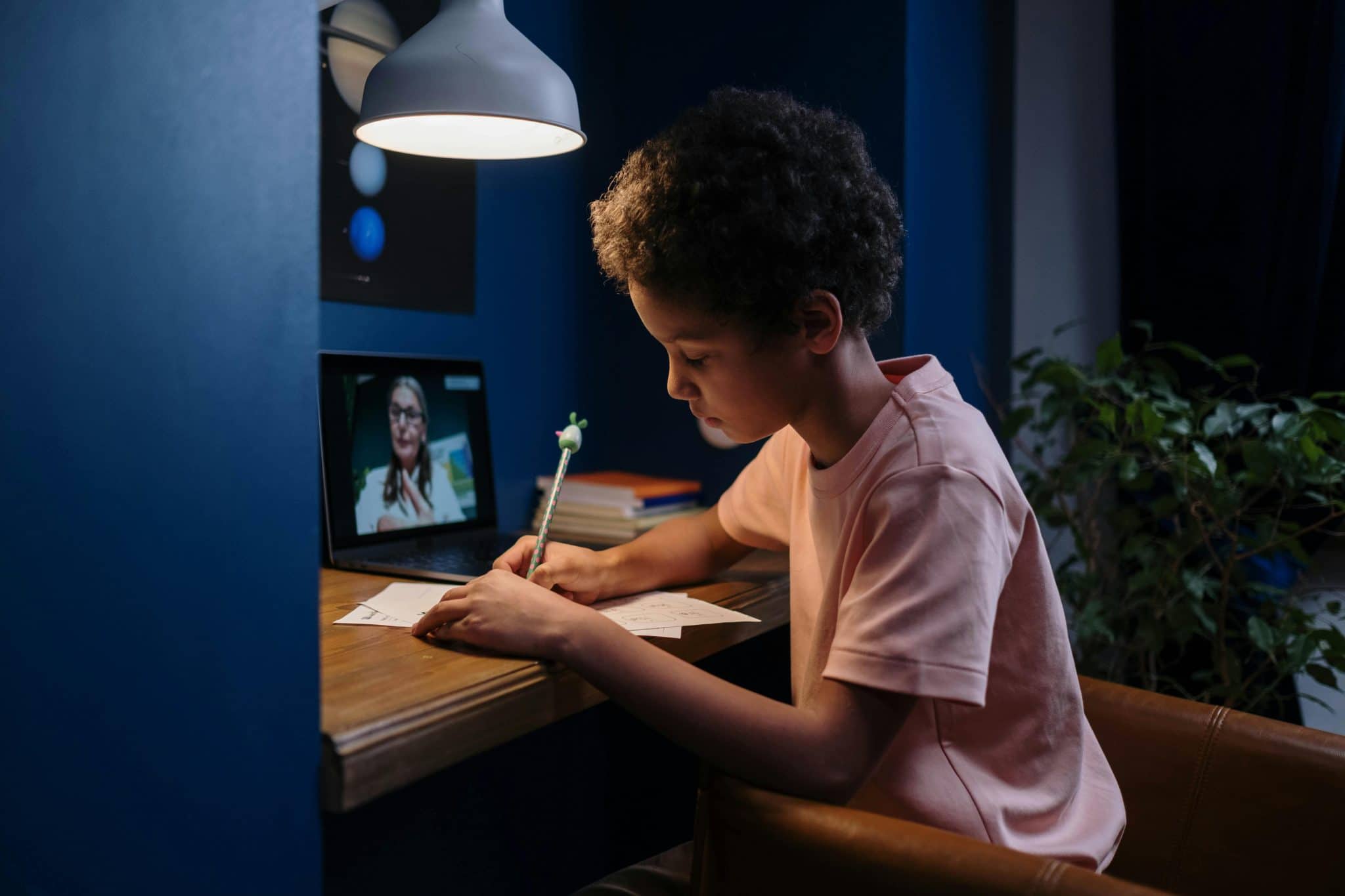Multisensory Learning: Engaging Every Type of Learner
In today’s technologically-driven world, the traditional method of teaching through lectures and textbooks is shifting towards more interactive and immersive learning experiences. This approach is known as multisensory learning, where learners engage with information in a variety of ways, integrating their senses to facilitate a deeper understanding of the subject matter. This method caters to different learning styles and allows individuals to process information in a way that is most effective for them. In this article, we will delve into the concept of multisensory learning and explore how it can effectively engage every type of learner.
What is Multisensory Learning?
Multisensory learning, also referred to as multimodal learning, is an approach to education that incorporates multiple senses in the learning process. The idea is to engage learners through various sensory channels, including visual, auditory, tactile, and kinesthetic. The combination of these sensory inputs can significantly enhance the learning experience and retention of information.
Engaging Visual Learners
Visual learners are individuals who learn best through the use of visual aids such as diagrams, charts, maps, and videos. In a traditional classroom setting, visual learners may struggle to grasp the material if it is presented purely through lectures or readings. However, with multisensory learning, visual learners are engaged through the use of visual aids that provide a spatial representation of information, making it more concrete and easier to comprehend.
Stimulating Auditory Learners
Auditory learners process information best through listening and speaking. These individuals often excel in traditional teaching methods, such as lectures and class discussions. However, multisensory learning can be especially beneficial for auditory learners as it allows them to engage with information through different methods, such as music, audio recordings, and podcasts. This approach can also enhance their critical thinking skills and improve their memory and recall abilities.
Involving Tactile and Kinesthetic Learners
Tactile and kinesthetic learners are individuals who learn best through hands-on experiences. They thrive when they have the opportunity to engage with materials physically. Multisensory learning caters to these individuals by incorporating hands-on activities and simulations, such as experiments, role-playing, and interactive games, to reinforce the material being taught. This approach allows tactile and kinesthetic learners to actively participate in the learning process and make meaningful connections between new concepts and their real-world applications.
The Benefits of Multisensory Learning
One of the main advantages of multisensory learning is that it caters to different learning styles, making education more inclusive and effective for all learners. By stimulating multiple senses, individuals are more engaged and motivated to learn, which can greatly improve their academic performance. Multisensory learning also helps to create a more dynamic and interactive classroom environment, promoting collaboration and critical thinking among students.
Another benefit of multisensory learning is that it can help individuals with learning disabilities or difficulties. For example, students with dyslexia or dyscalculia may struggle with traditional teaching methods, but by incorporating visual and kinesthetic elements, they can better understand and retain information. Furthermore, multisensory learning has been shown to improve focus and concentration, making it an ideal approach for students with attention deficit disorders.
Conclusion
In today’s diverse classroom settings, it is essential to cater to different learning styles and engage learners in a way that is most effective for them. Multisensory learning does precisely that, by incorporating various senses to facilitate deeper understanding and retention of information. It is a dynamic and inclusive approach to education that can benefit all types of learners, making it a valuable tool for educators in creating an enriching and engaging learning experience.









